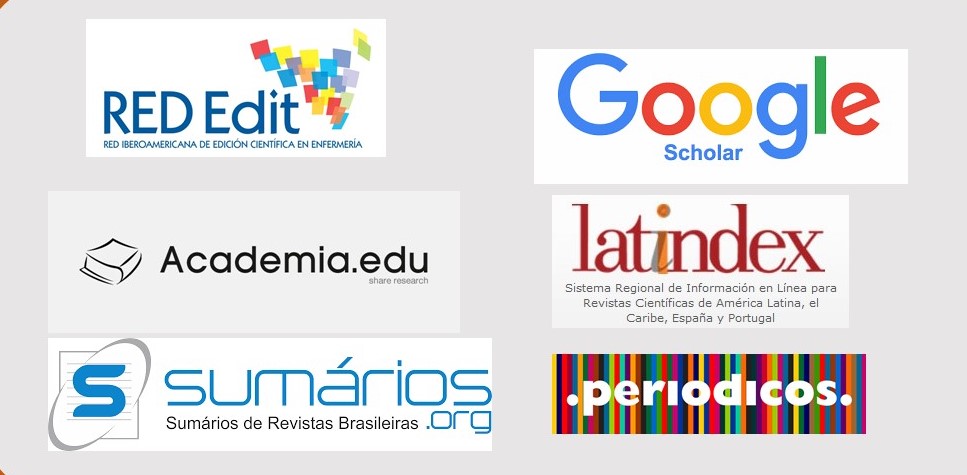MOVIMENTO EM UMA DIMENSÃO PARA O ENSINO MÉDIO: UMA PROPOSTA COM USO DO SOFTWARE MODELLUS
Abstract
Educational software represents technological innovations in the area of education that provide greater pedagogical alternatives, as they allow access to the visual resources available through the use of computers. We propose the use of Modellus software for teaching physics with the use of computational simulations of practices and exercises on the contents of Uniform Rectilinear Motion and Uniformly Varied Motion, combined with David Ausubel's Teaching-Learning theory in a didactic sequence. We provide a virtual laboratory consisting of three practices and 10 interactive exercises designed and aimed at high school students. Our more visually appealing approach to physics concepts, through computer simulation, allows for greater argumentation in the search for potentially meaningful physics teaching. Initially, we applied a questionnaire with the aim of probing students' opinions regarding the use of educational software, in this case Modellus. After applying a didactic sequence to teach the contents of kinematics, this time using Modellus, we applied the questionnaire again to obtain the students' opinion about the use of software in physics teaching. The results reveal that the use of educational software can contribute significantly to the physics teaching-learning process.
Downloads
Published
How to Cite
Issue
Section
License
Copyright (c) 2025 Essentia - Revista de Cultura, Ciência e Tecnologia da UVA

This work is licensed under a Creative Commons Attribution-NonCommercial 4.0 International License.





